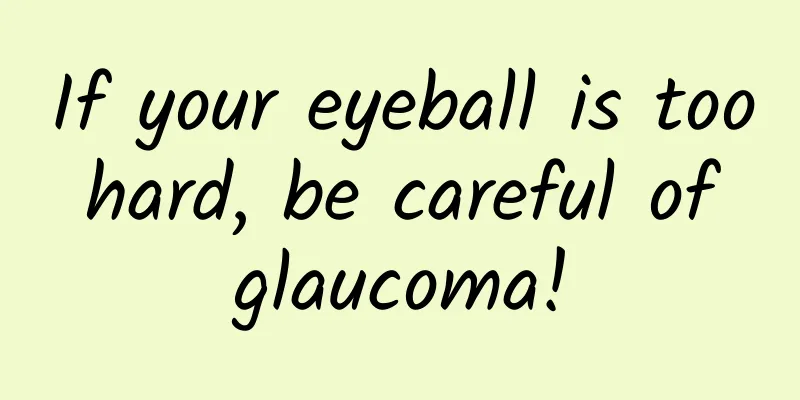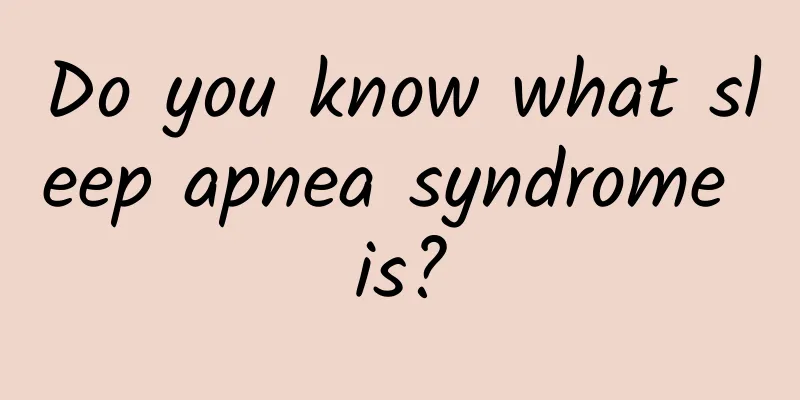If your eyeball is too hard, be careful of glaucoma!

|
In addition to stabilizing blood pressure, stabilizing intraocular pressure is equally important in life. Normal intraocular pressure is 10~21mmHg. An important part of the source of pressure in the eyeball comes from the fluid in the eye - aqueous humor. The aqueous humor is secreted by the ciliary body, and then flows from the posterior chamber of the eye through the pupil to the anterior chamber of the eye to be discharged, so that the intraocular pressure is maintained within a stable range. Stable intraocular pressure can maintain the normal shape of the eyeball and the visual function of the eye. Intraocular pressure is similar to blood pressure, with fluctuations and rhythms. Most people have higher intraocular pressure in the morning, the lowest in the evening, and higher in winter than in summer. Too high or too low intraocular pressure will damage eye tissue and visual function to varying degrees. In particular, pathological increase in intraocular pressure is the main risk factor for glaucoma. When intraocular pressure exceeds the limit that the individual optic nerve can bear, it may cause optic nerve atrophy and damage to visual function, making it easy to develop glaucoma. Li Fuhua, director of Tianjin University Aier Eye Hospital, said that glaucoma is a group of eye diseases with characteristic optic nerve damage and visual field defects, and the common cause is pathological increase in intraocular pressure. Due to its irreversible characteristics, once visual function is damaged or even blind, it is irreversible. The early symptoms of glaucoma are eye swelling and pain, nausea and headache, decreased vision, etc. If the above symptoms occur, go to the hospital for examination in time and actively control the intraocular pressure to a safe range. A simple way to self-test intraocular pressure Look down with both eyes, use the tip of your index finger to gently press the upper eyelid to feel the hardness of the eyeball. The normal intraocular pressure value should be similar to the hardness of the nose tip. If it is similar to the lips, it may be low intraocular pressure. If it is as hard as the forehead, it may be high intraocular pressure. This self-test method can roughly estimate whether the intraocular pressure is normal. If you often feel eye pain and discomfort, you should go to the hospital for further examination to see if you have glaucoma or other eye diseases. |
Recommend
A woman had a high fever after "petting a cat". What does it have to do with parrots?
Cat lovers, please raise your hands if you have e...
How to treat female frigidity
Sexual apathy is the lack of sexual desire. In la...
Can I hold my baby during confinement?
Nowadays, we often hear about some traditional me...
How long is the normal delay of menstruation for normal women?
The menstrual cycle of women is a very normal phy...
What kind of food should I buy for a barbecue? What should I buy for a barbecue?
In terms of Chinese food, there is a type of food...
"Health from eating" series | National Nutrition Week: @The elderly around you, this dietary advice is very important
Recently, a review article published in the Briti...
How harmful is the terrible abdominal fat?
Author: Cheng Xiaoguang, Chief Physician, Beijing...
The dangers of endometrial thickening
The uterus is of great significance to women, but...
A washcloth, wiped from head to toe! Huaxi doctor: Oh my god, you can’t even wash your face?
I've been friends, I've been married, I&#...
Spring heat stroke is serious! The most common solutions to heat stroke symptoms, works!
"I get mouth sores, dry and itchy eyes, tinn...
How long does it take to recover from a cesarean section?
Caesarean section and natural birth are both ways...
The harm of IUD to women
For young people today, the cost of pregnancy and...
Is duck's feet an acidic or alkaline food? How to remove the bones from duck's feet?
Duck feet are very chewy. Although they are not e...
How to treat gynecological syphilis
In daily life, female friends may inadvertently g...
If there are elderly people at home, how can we prepare for the new coronavirus and prevent it before it happens?
Faced with the virus, even the normally healthy y...









